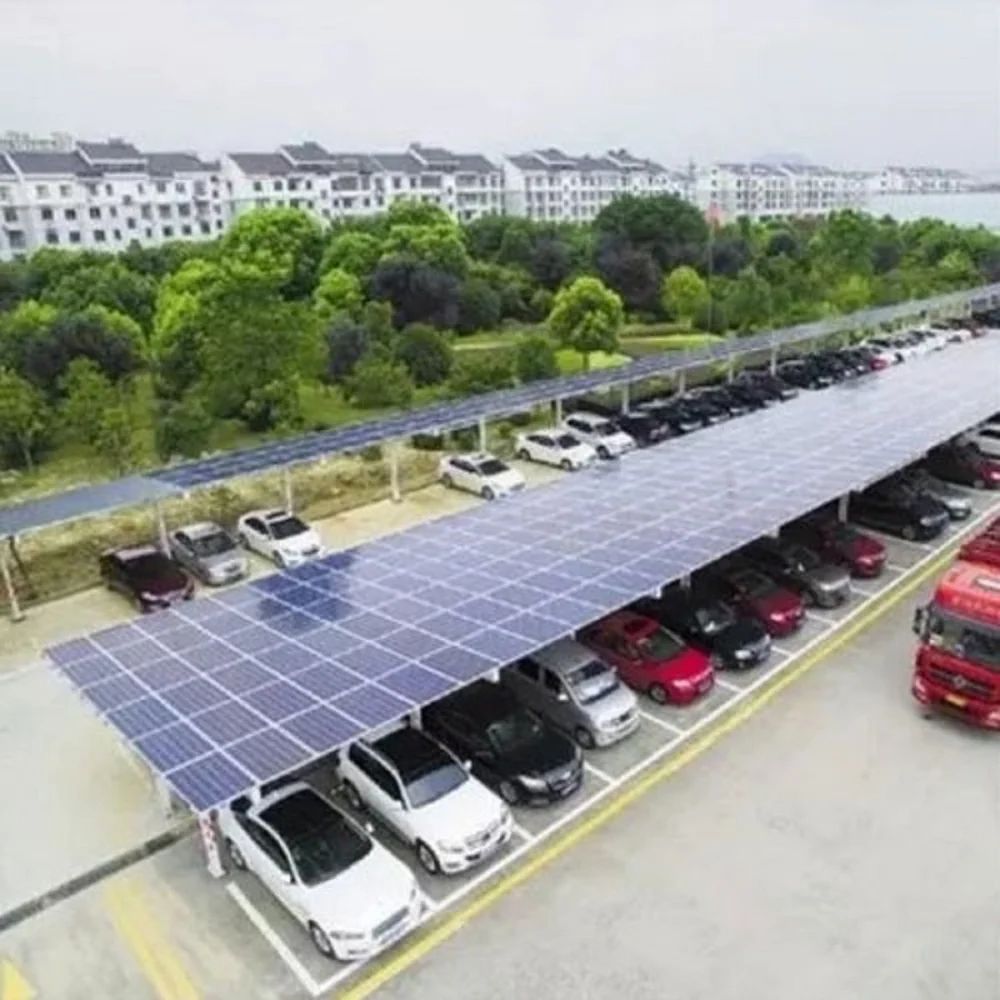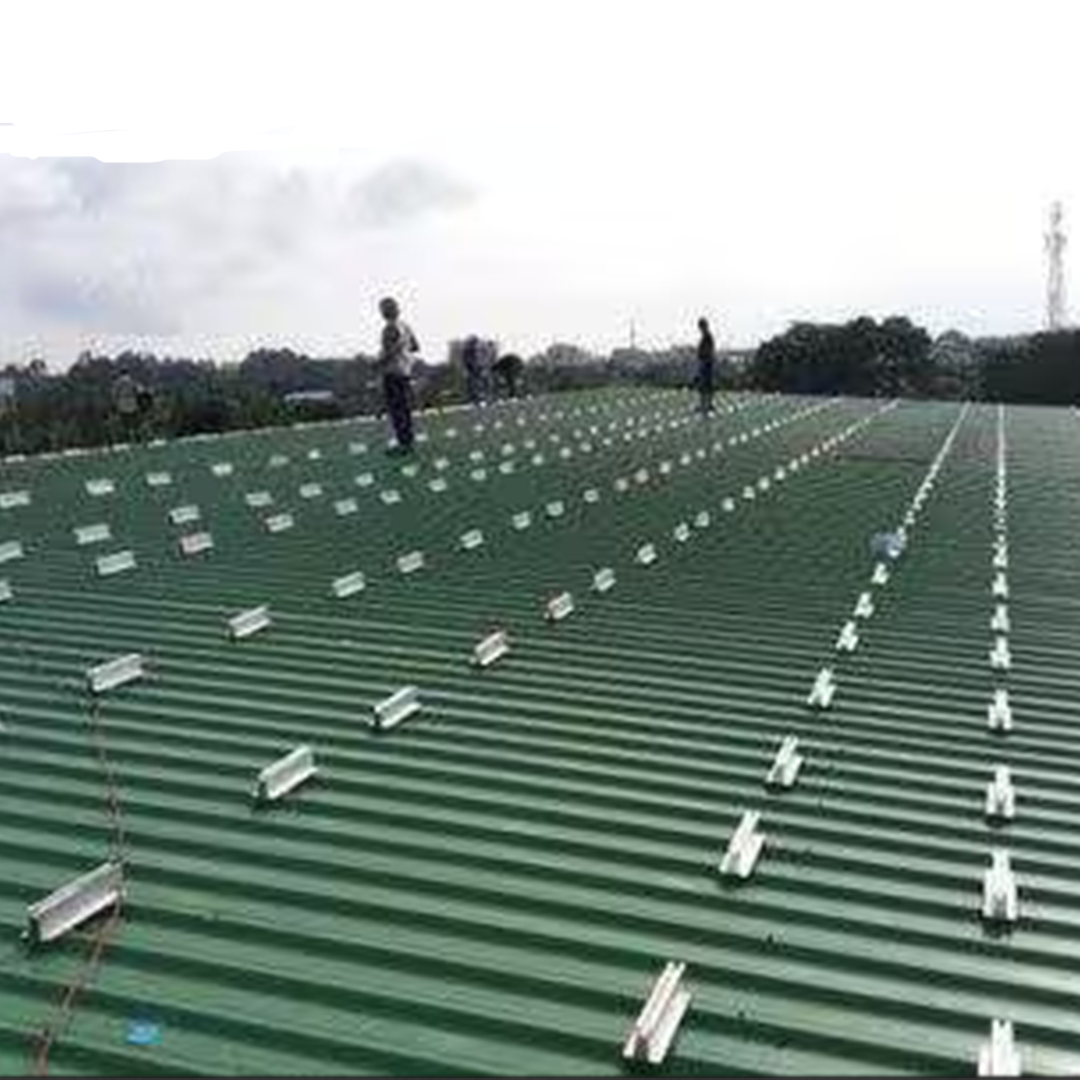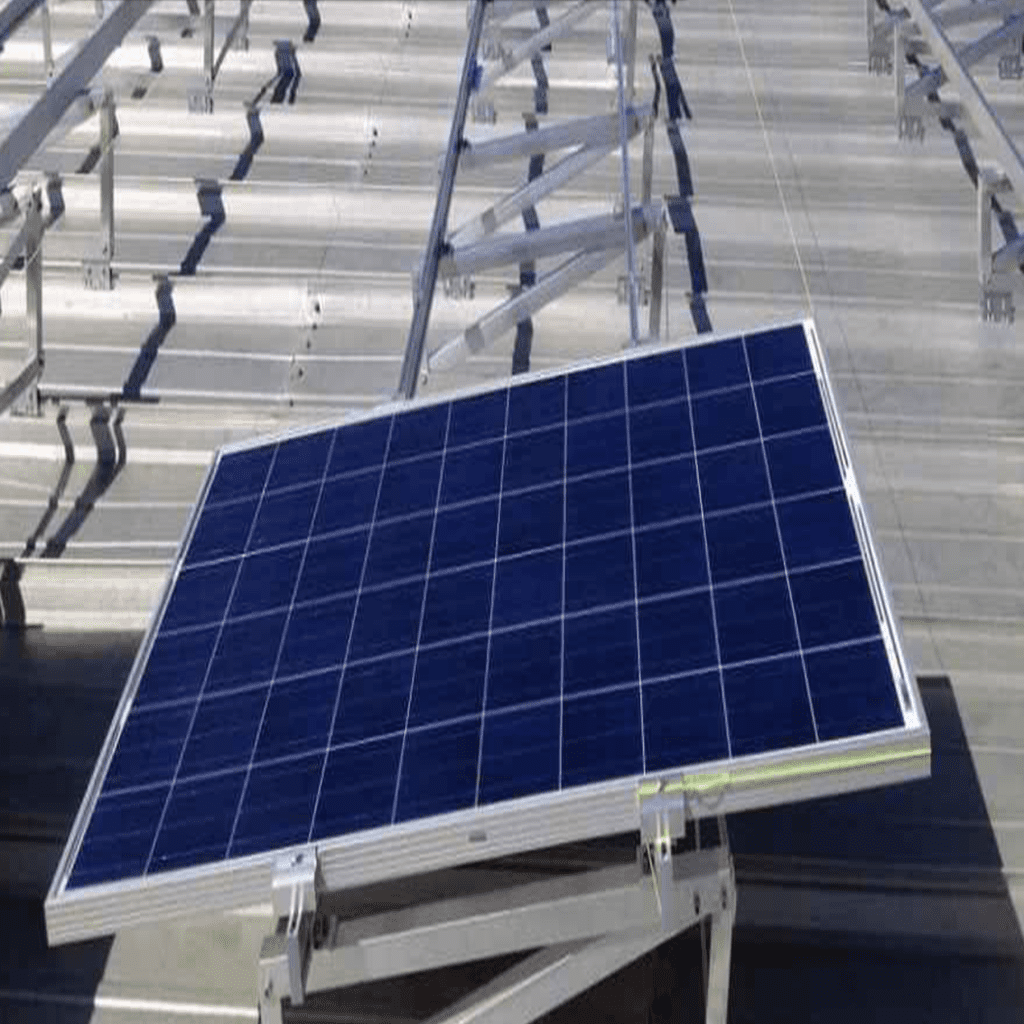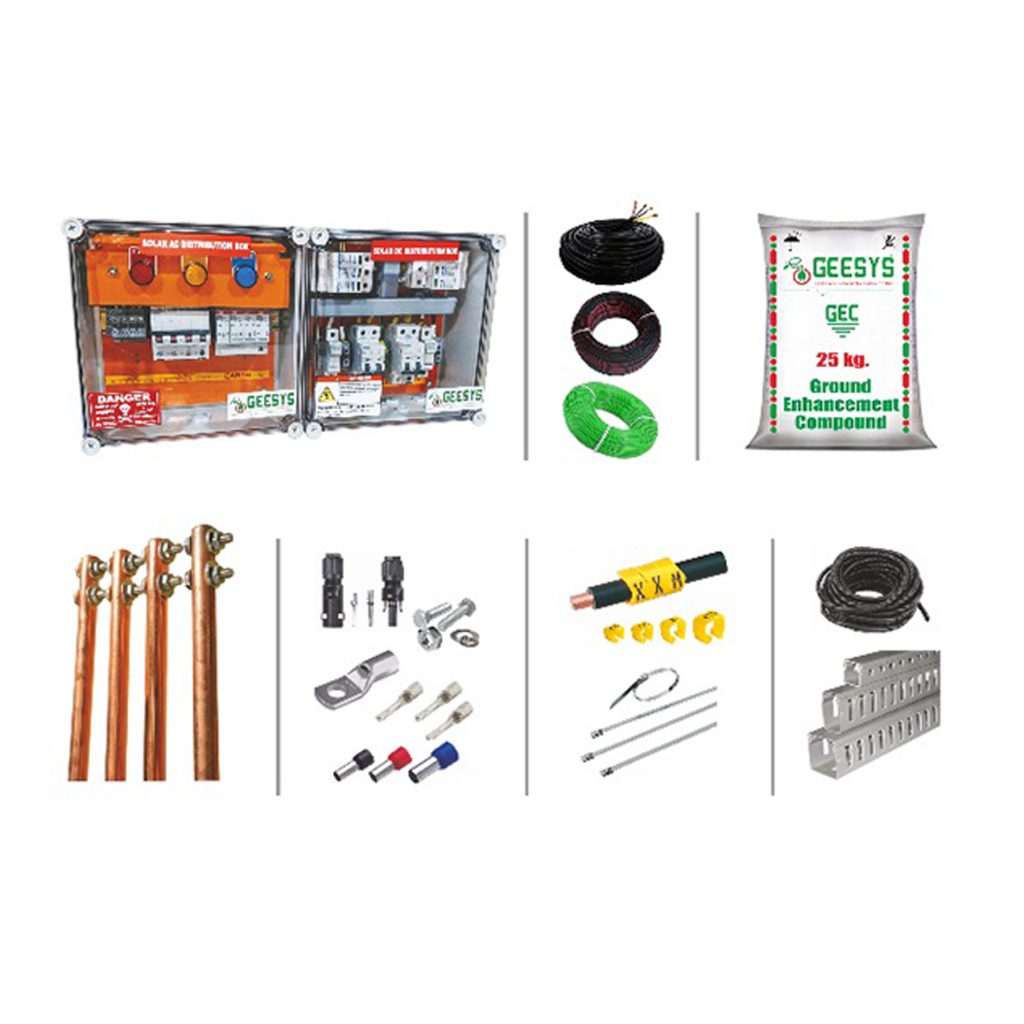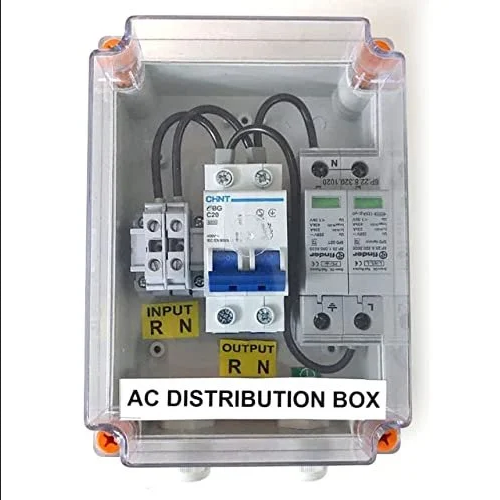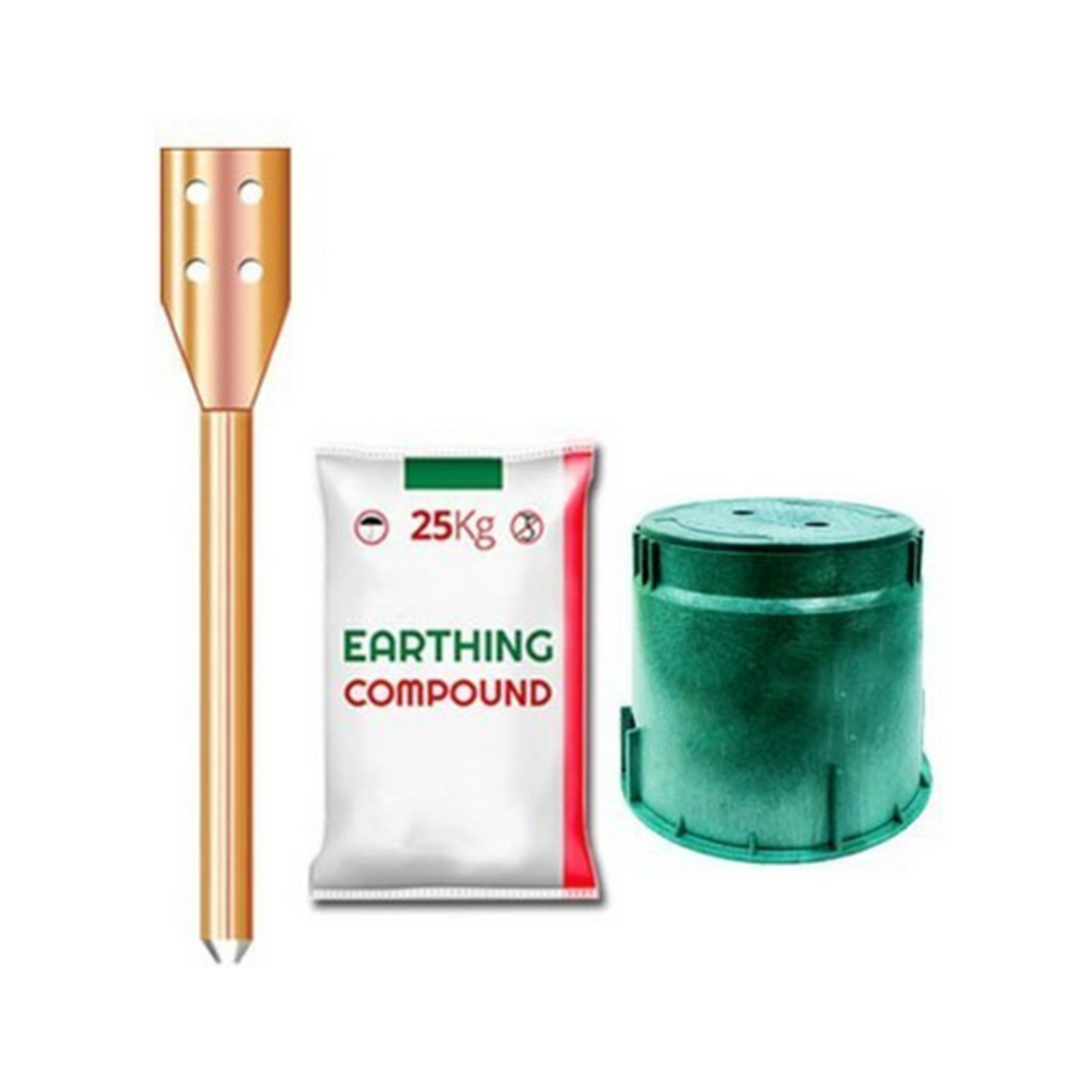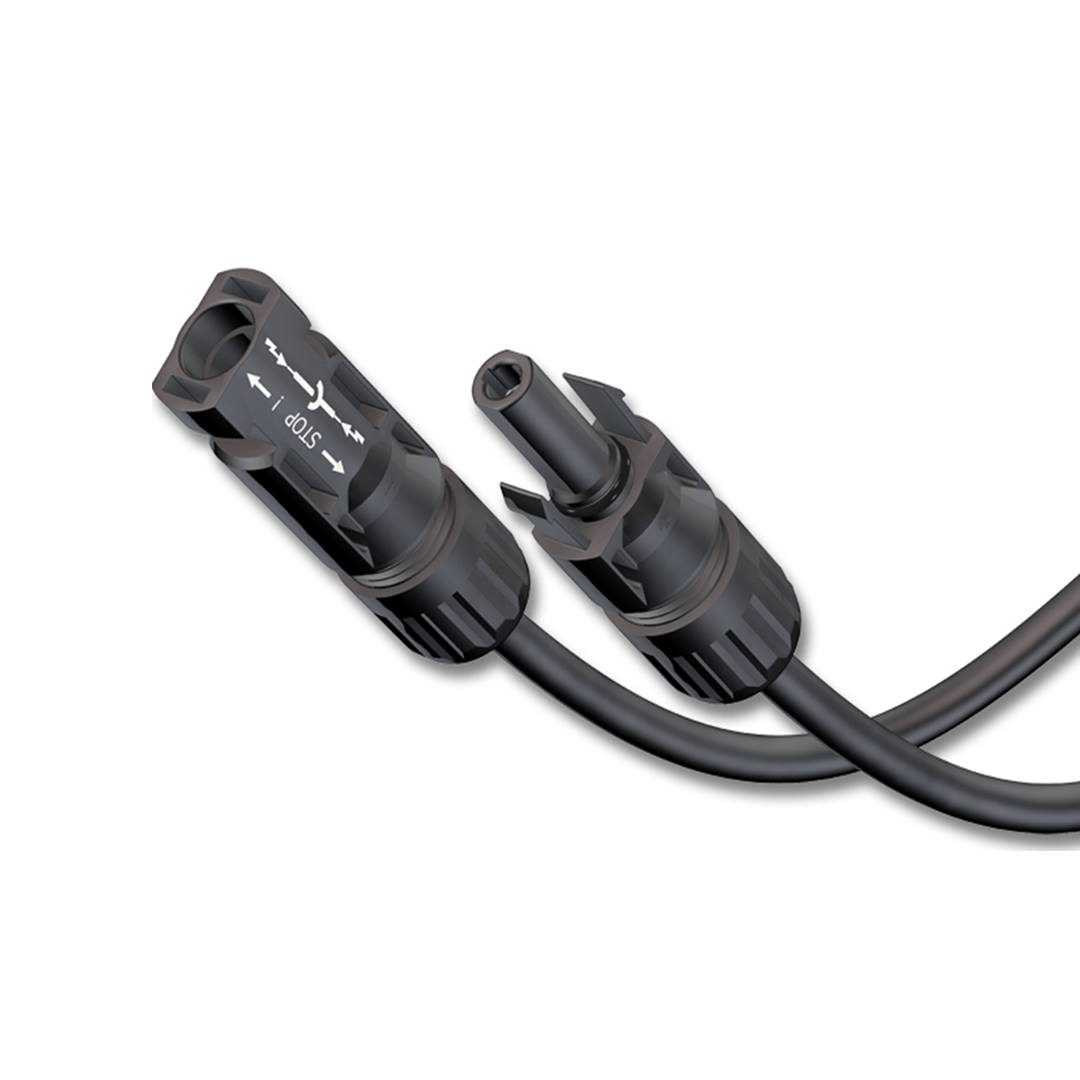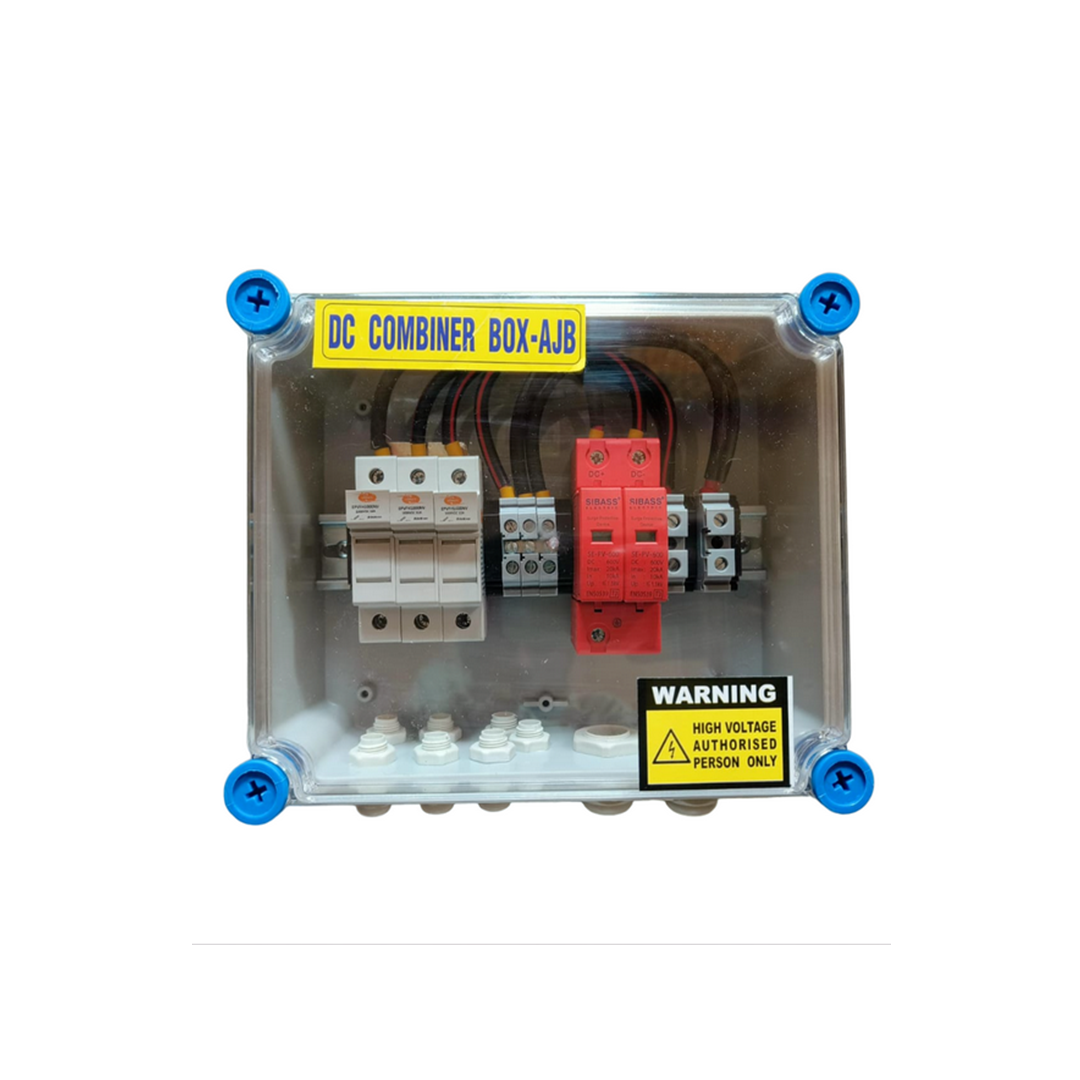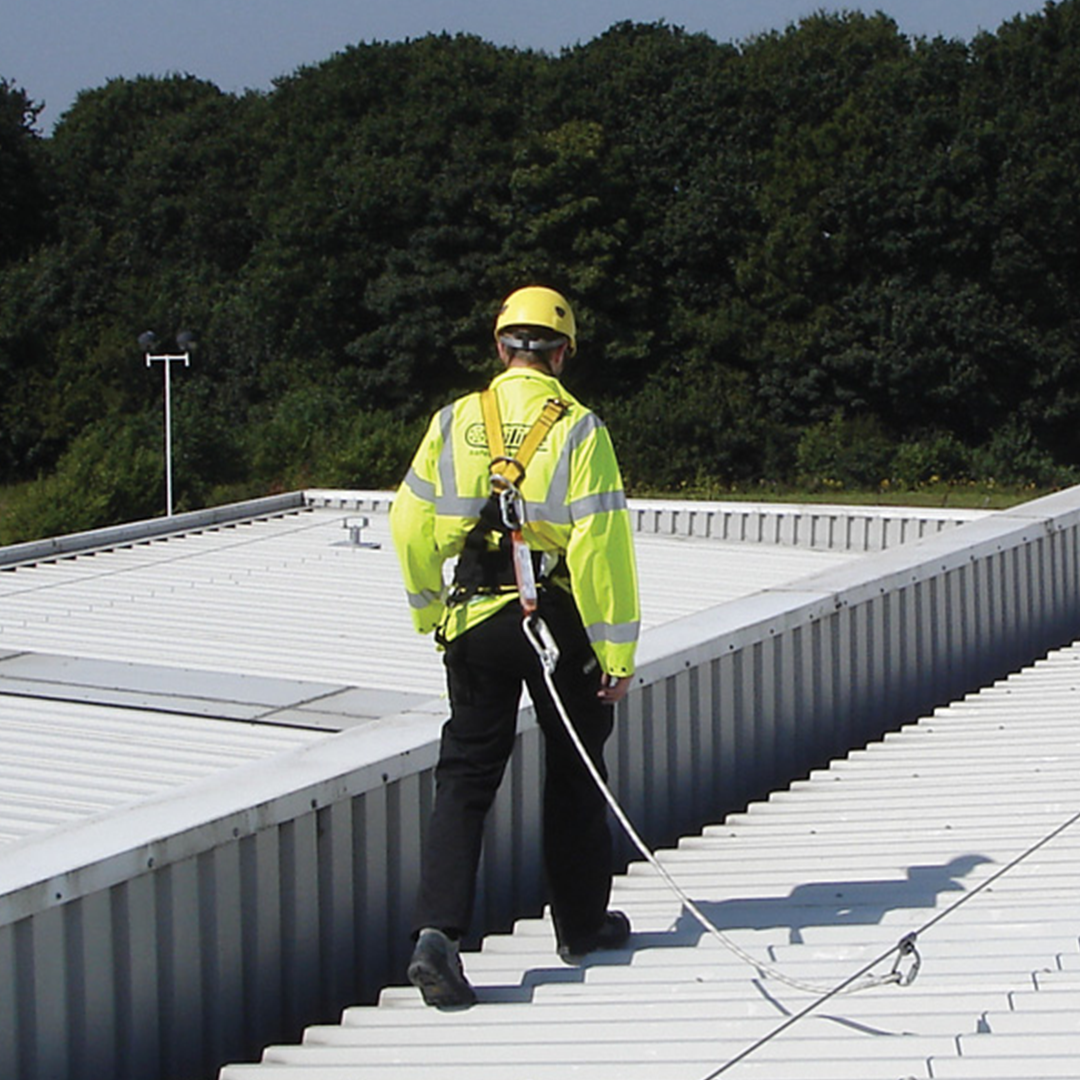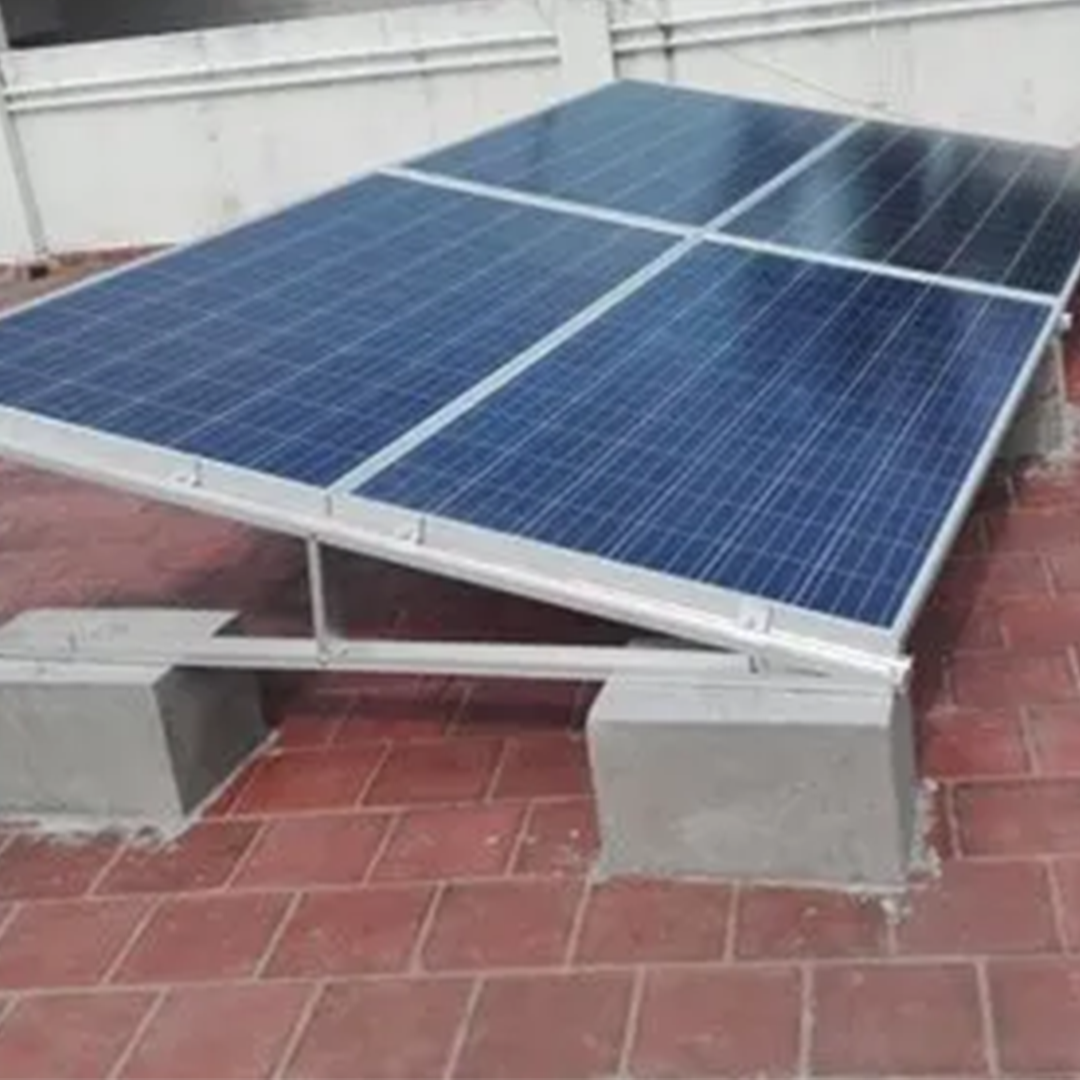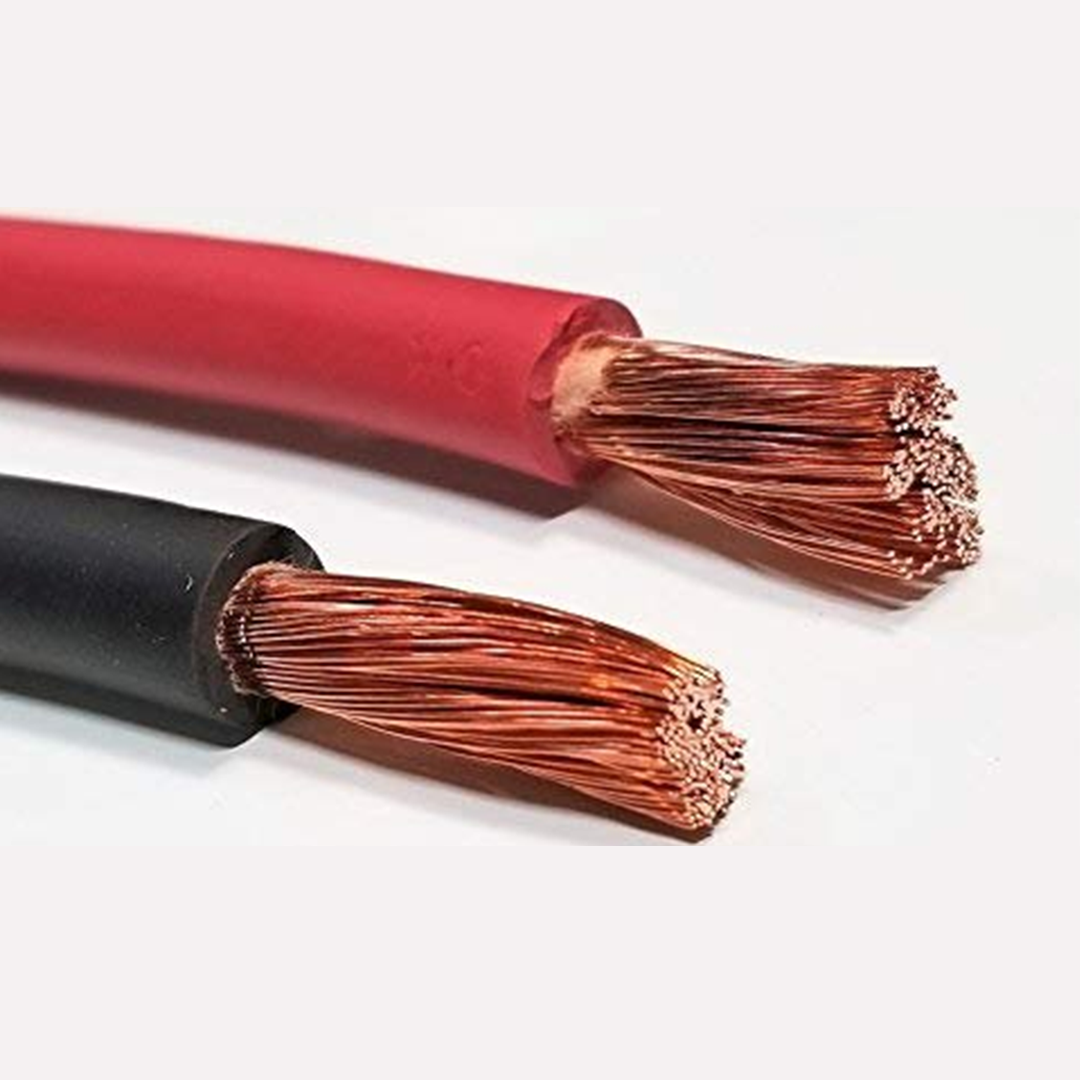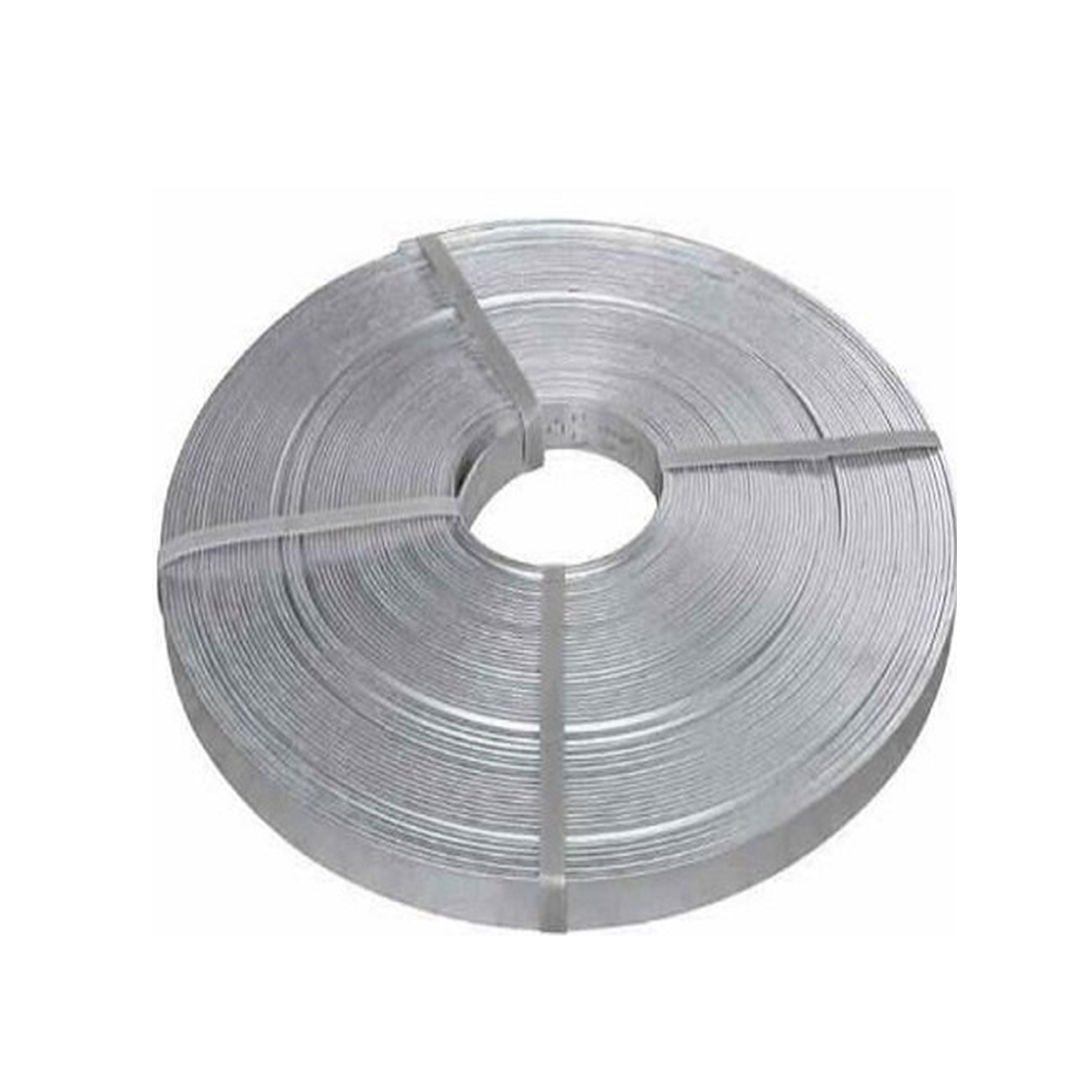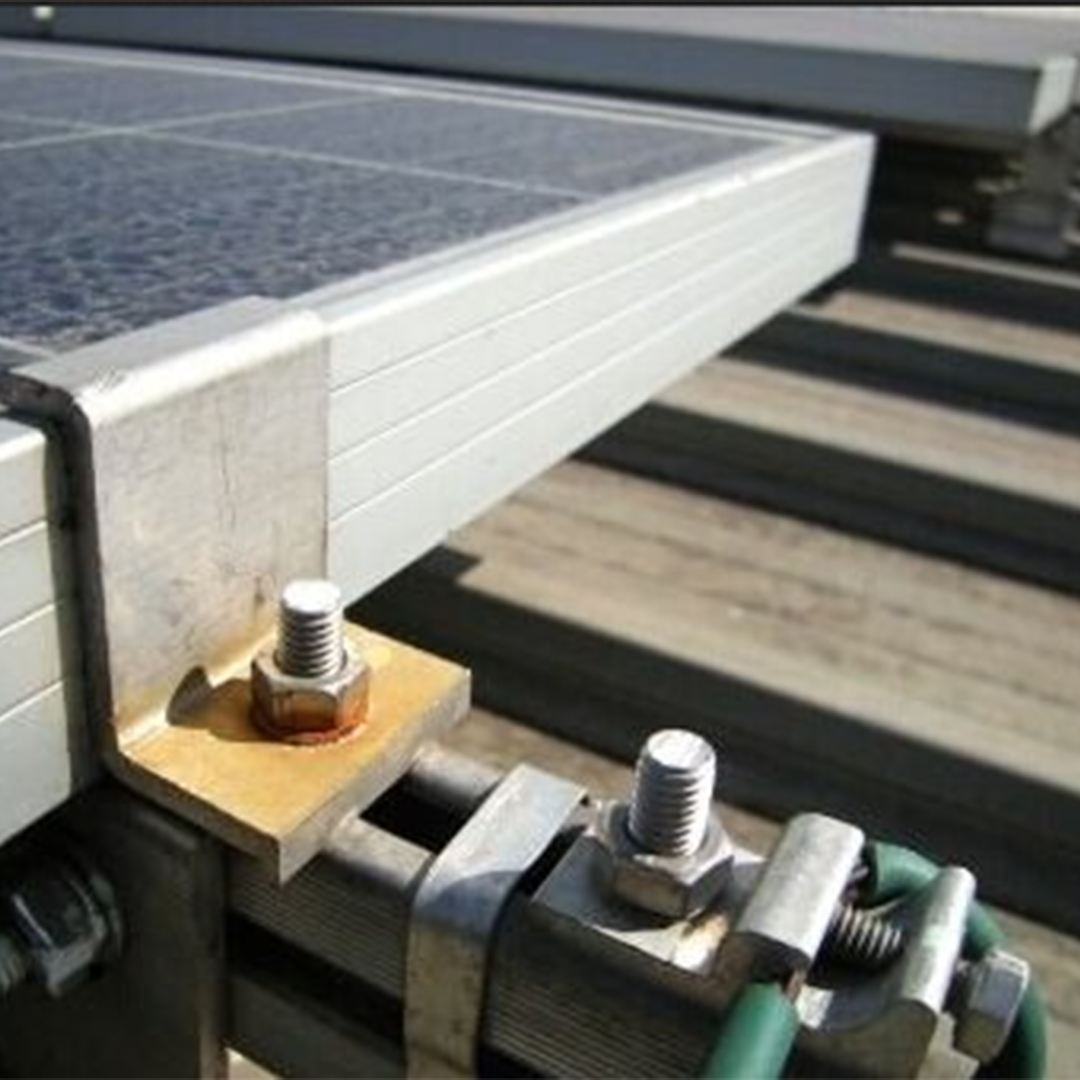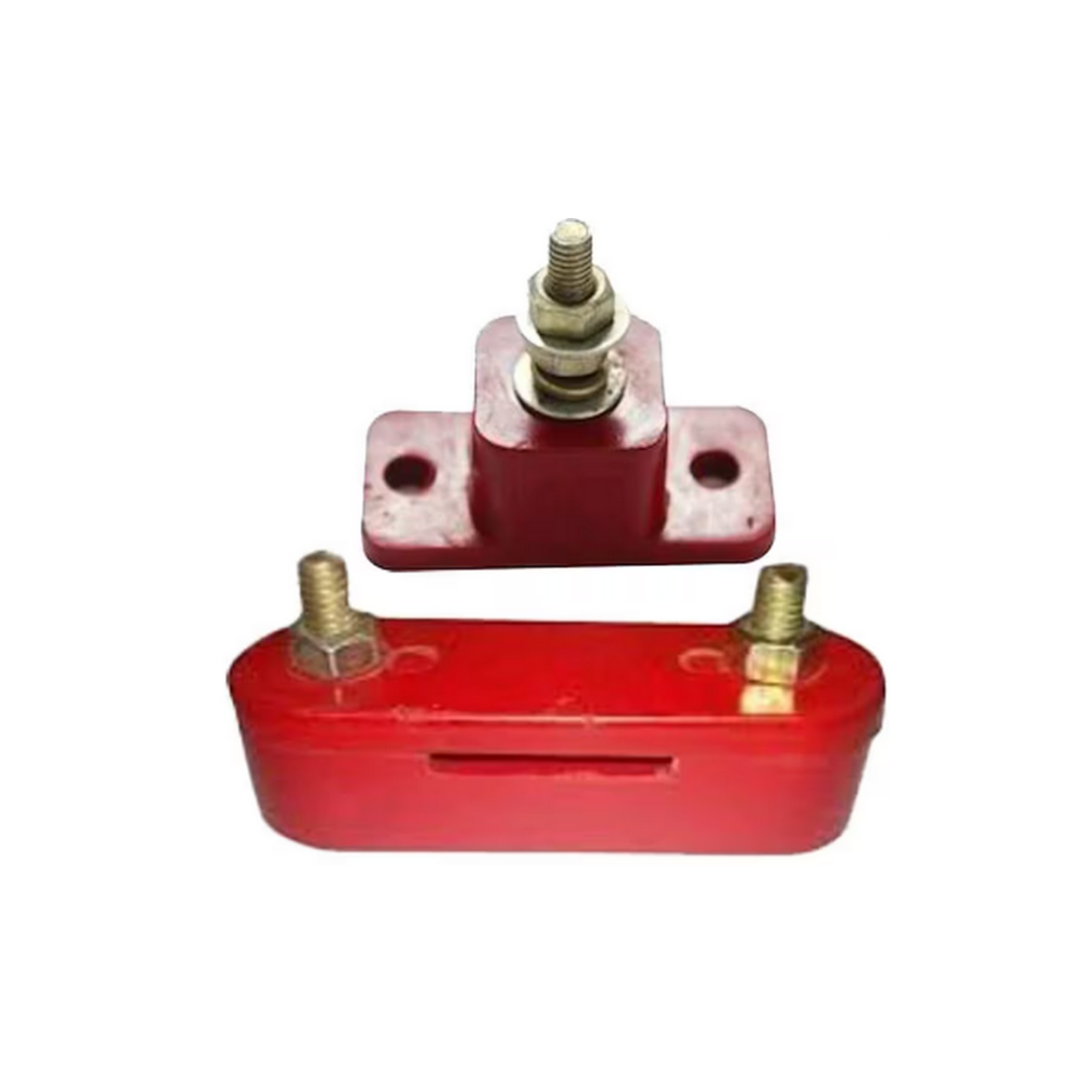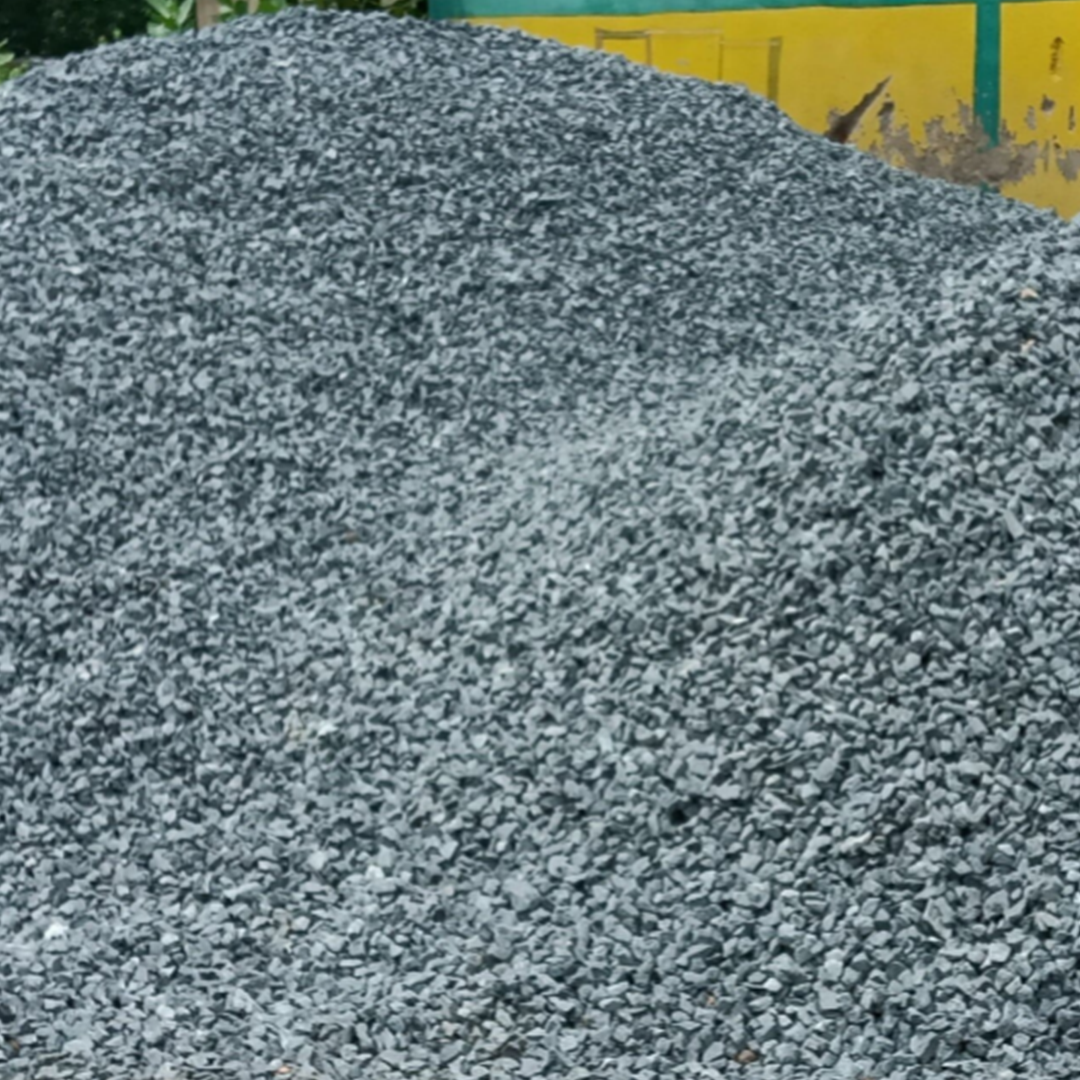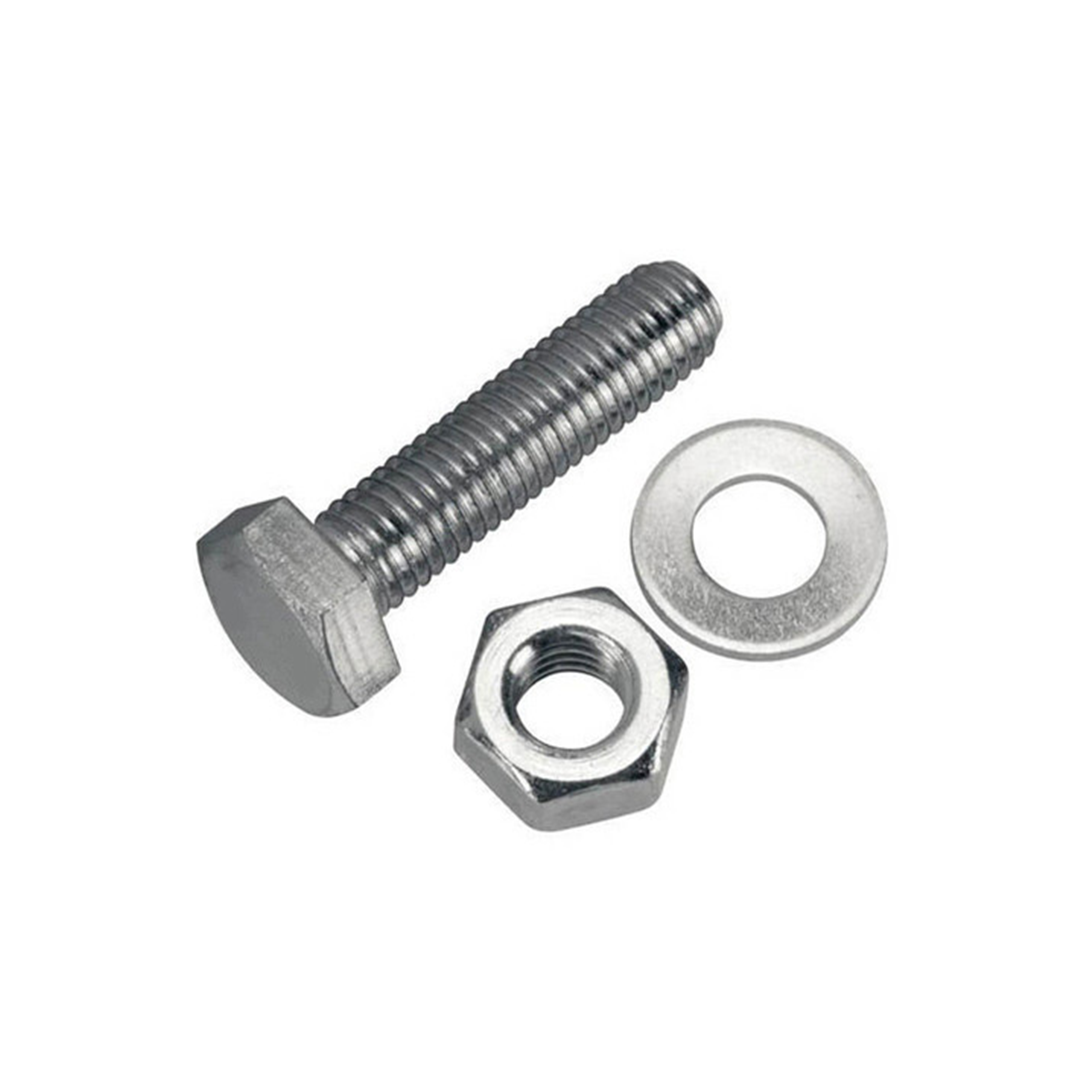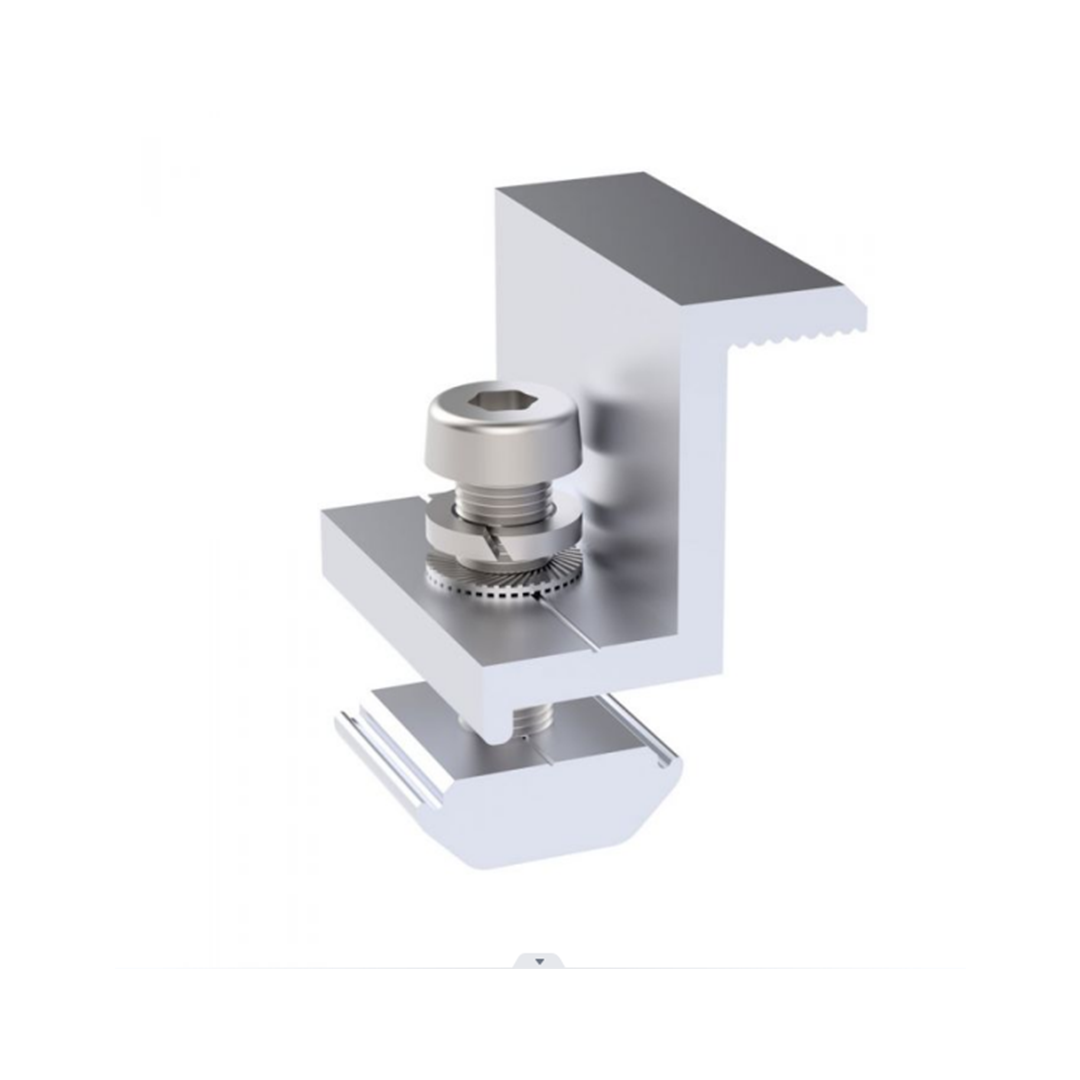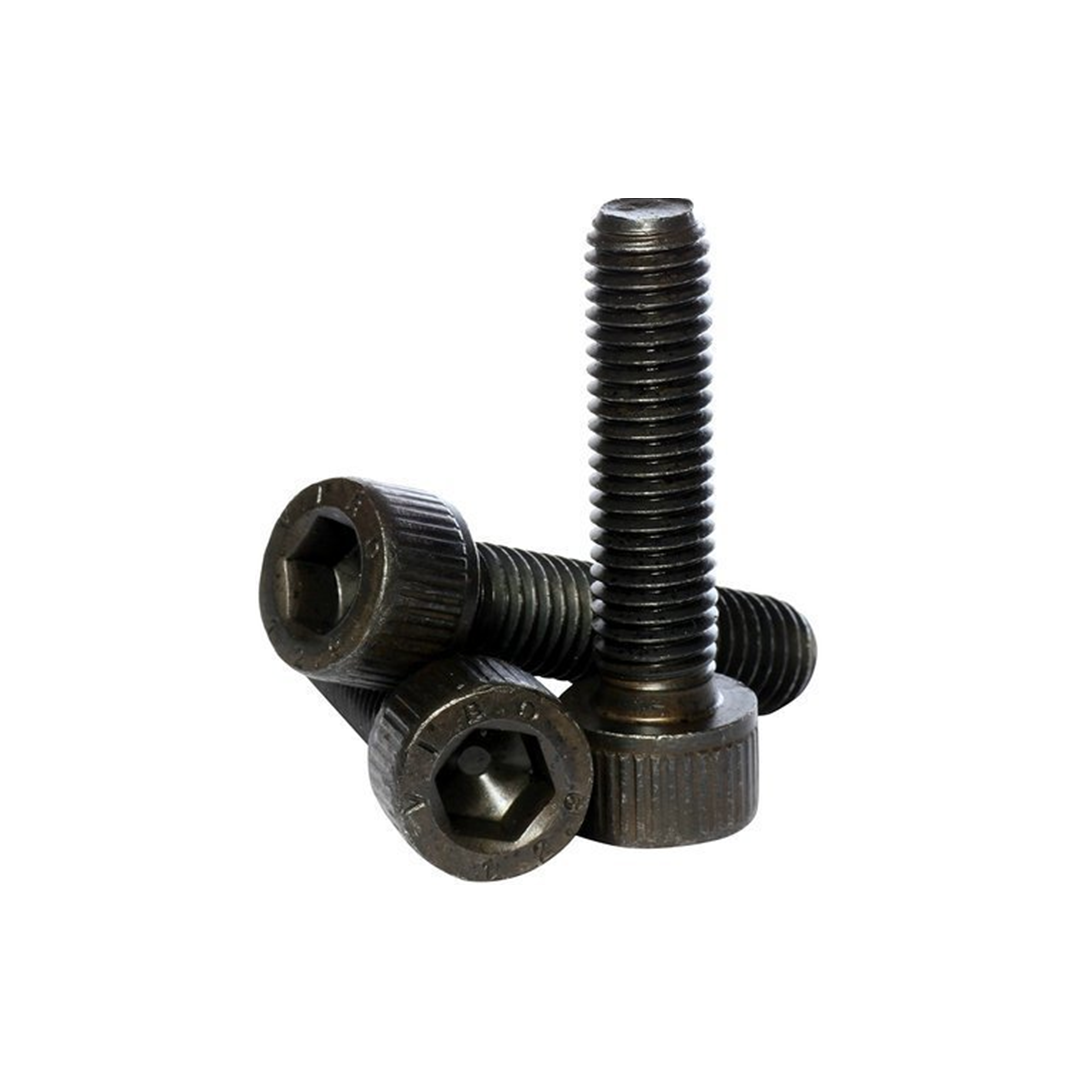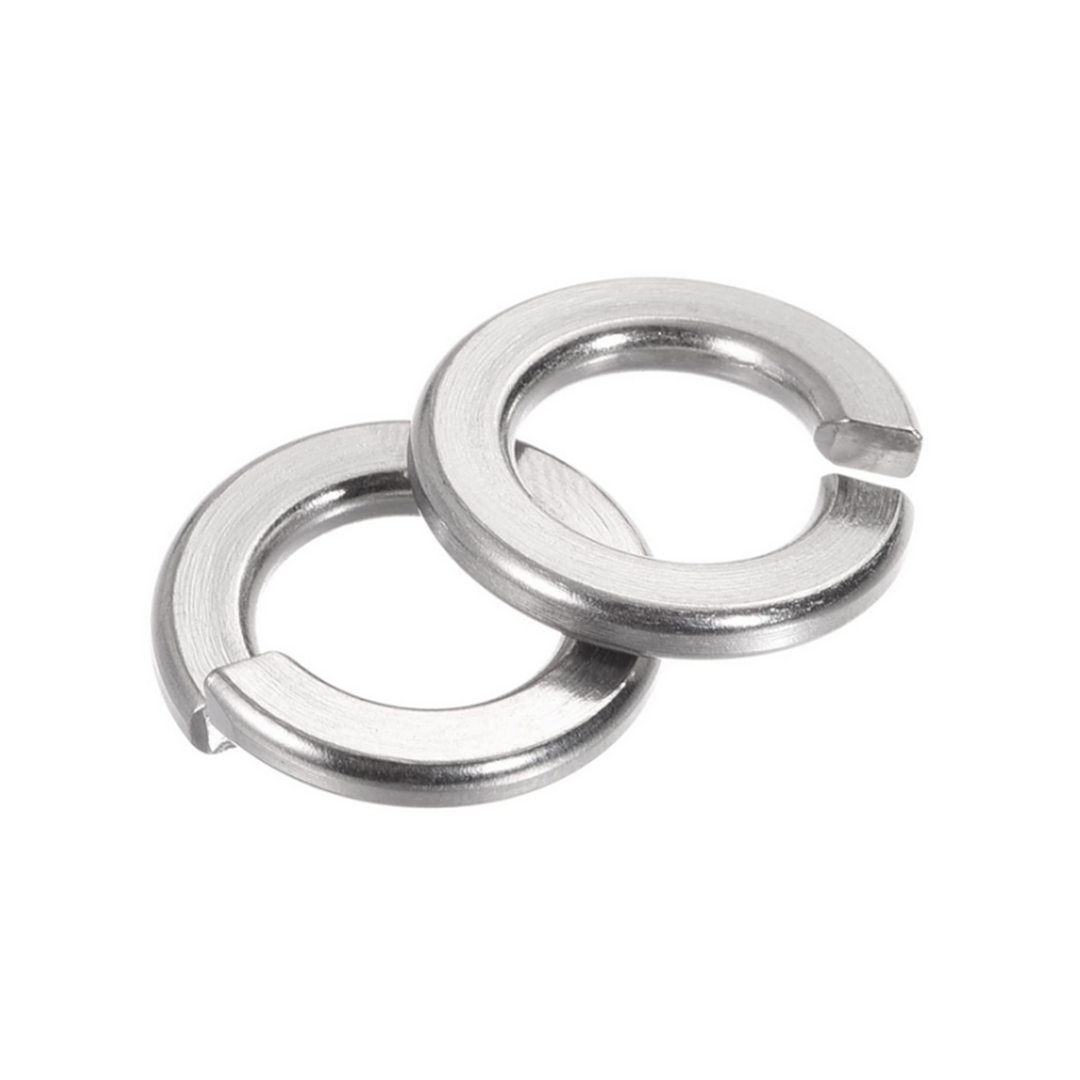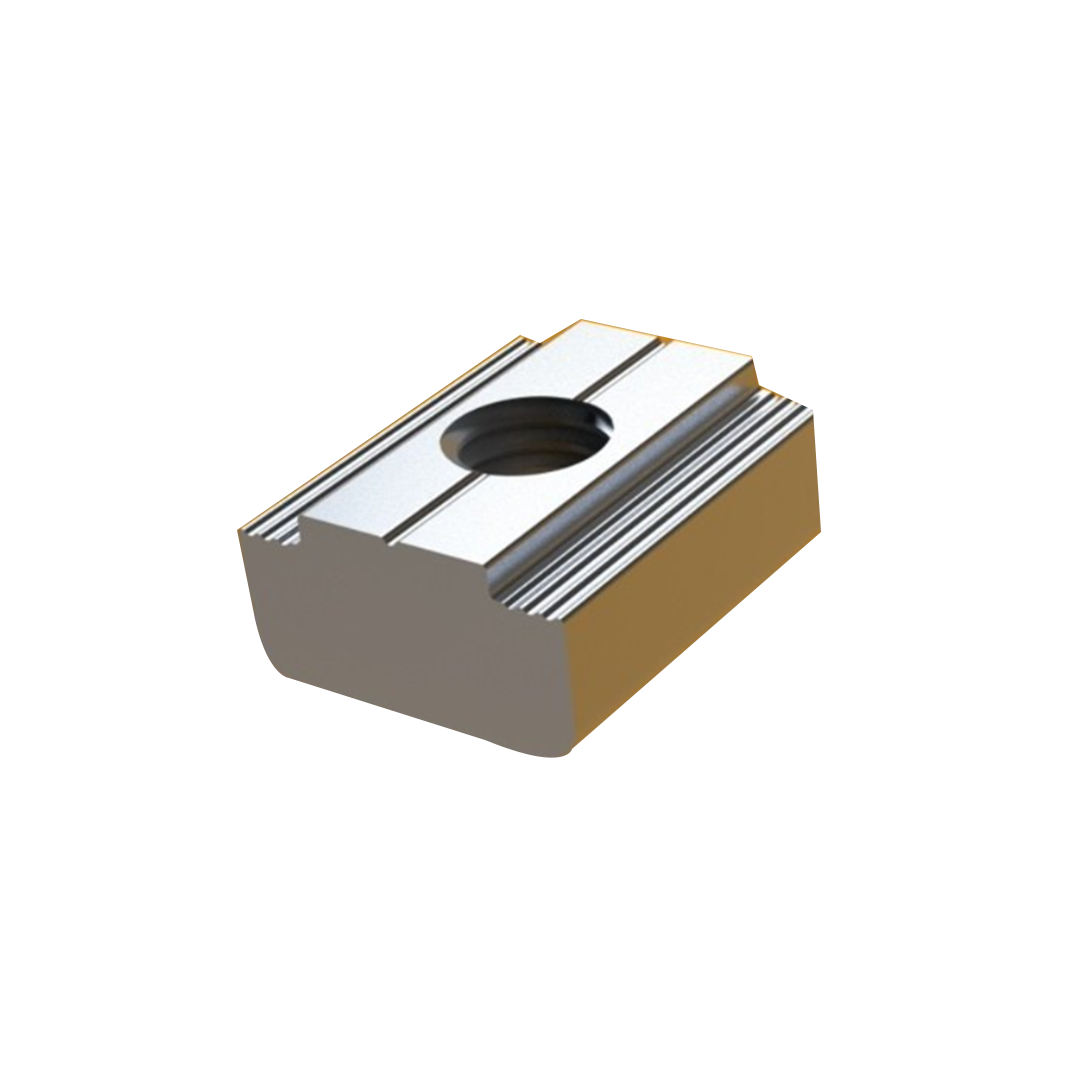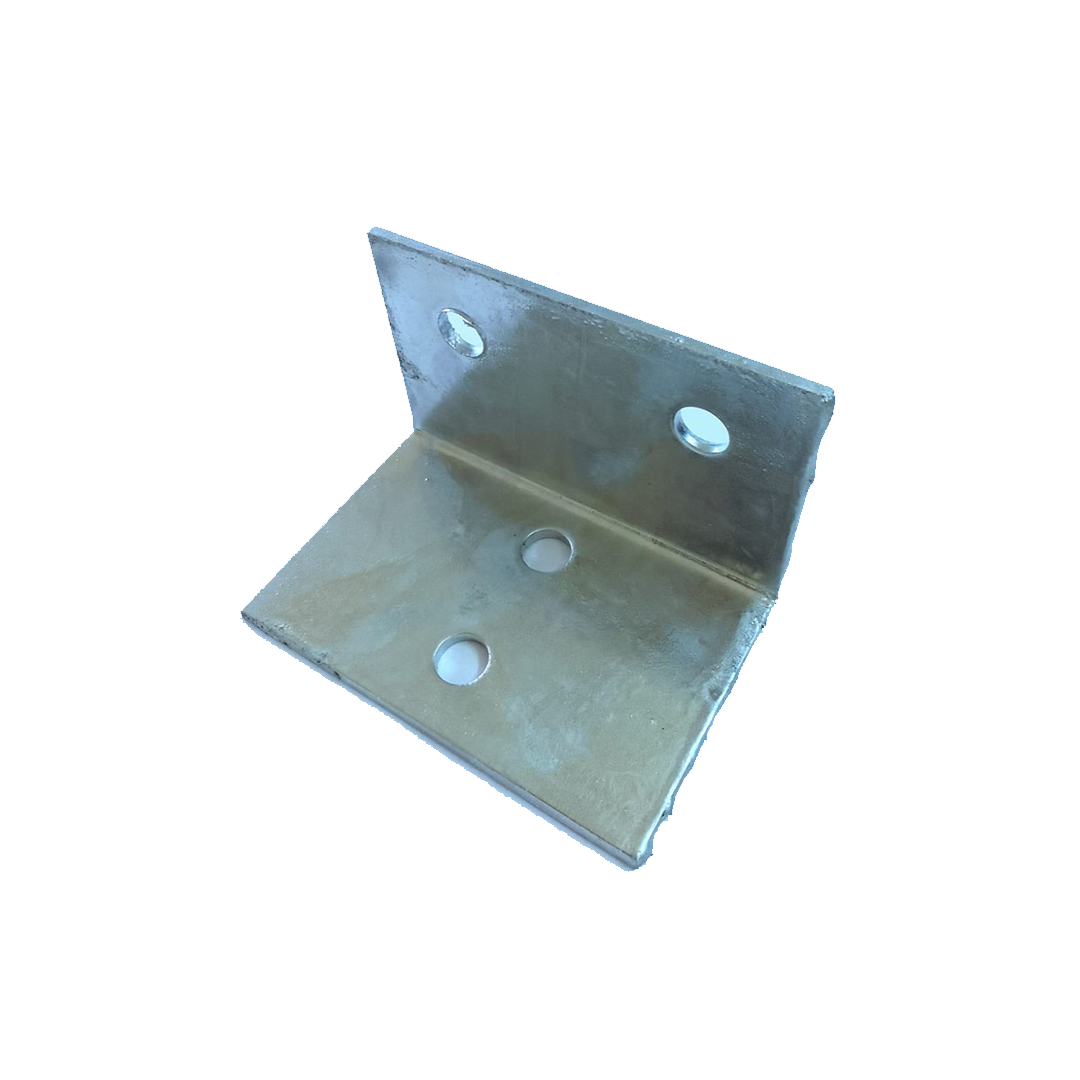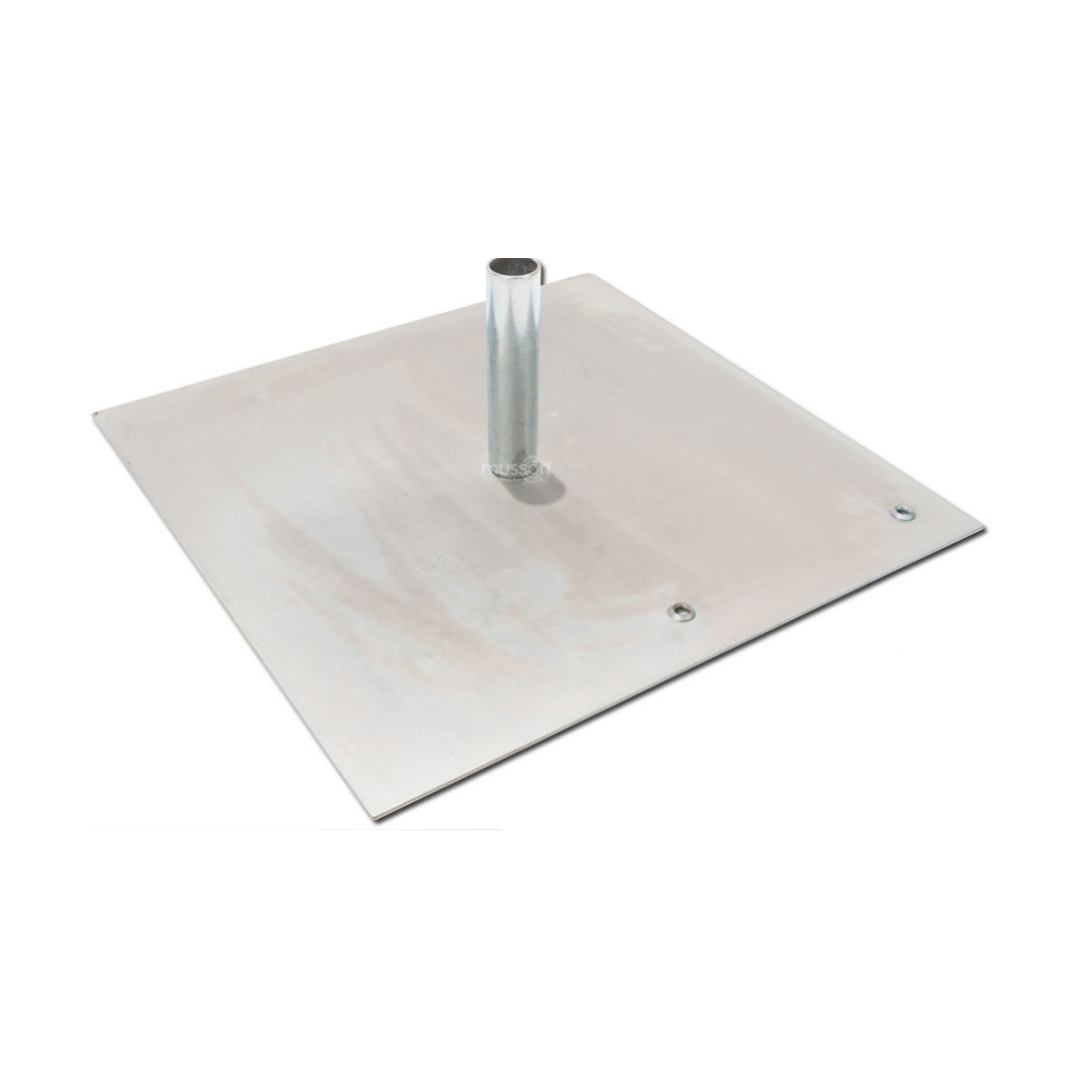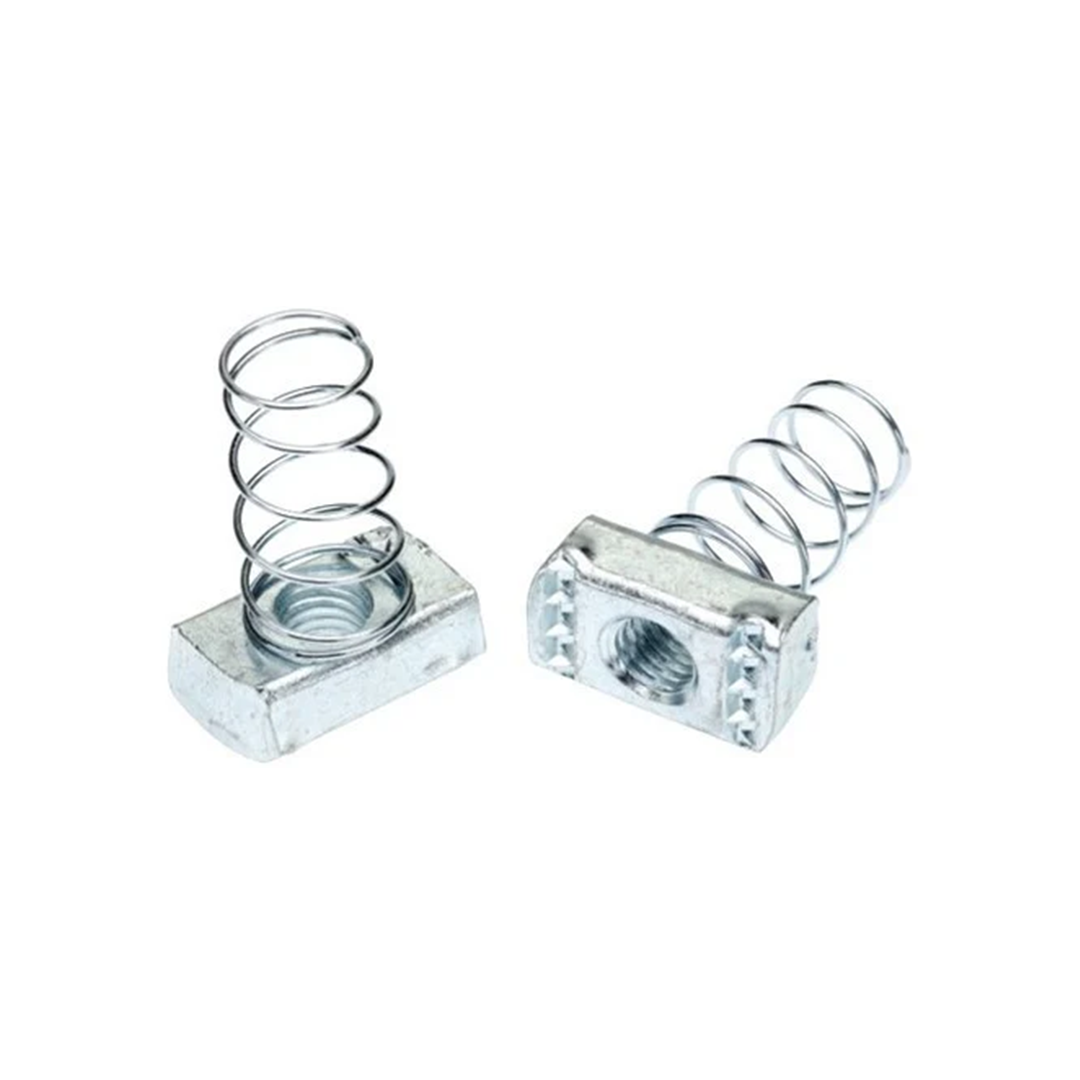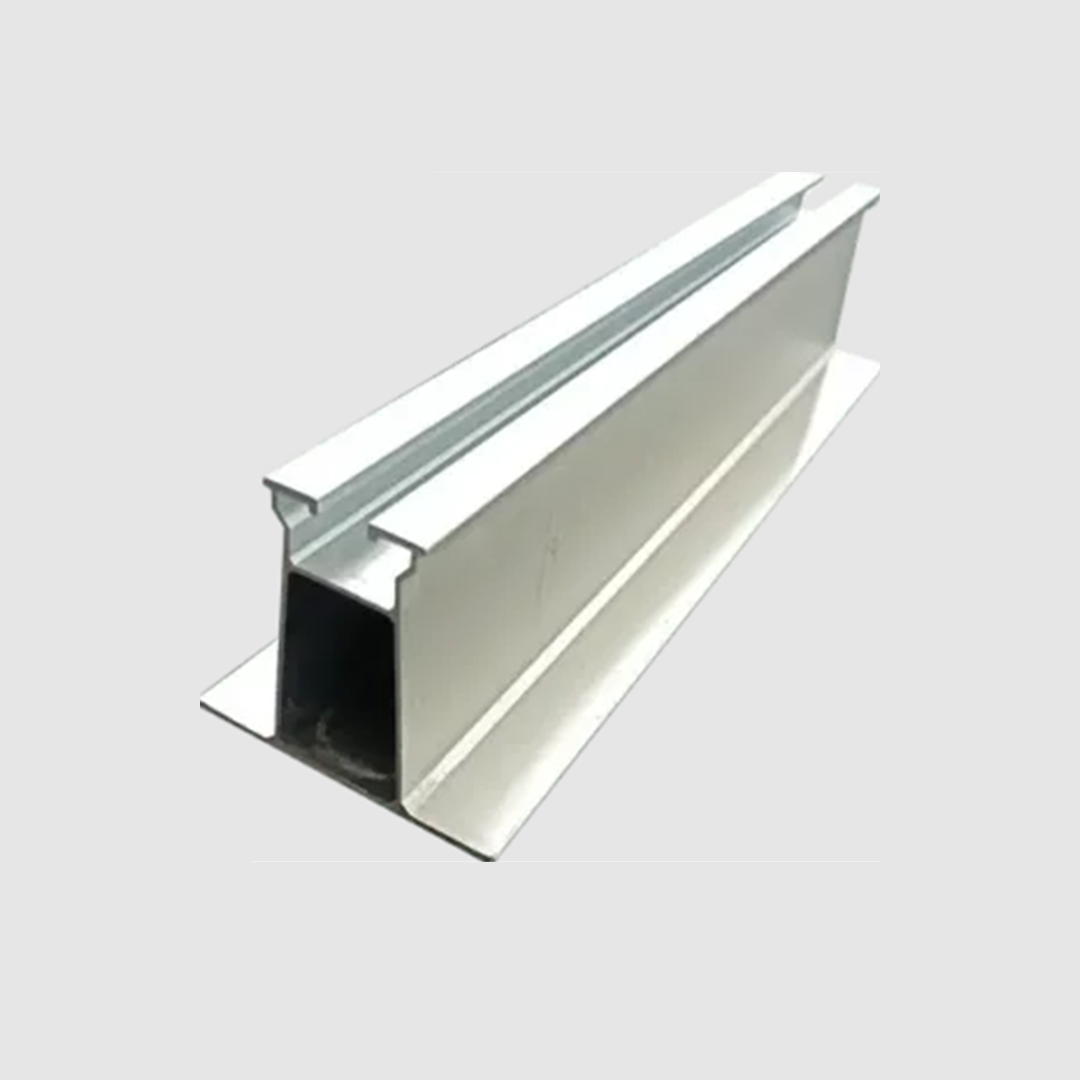Cep telefonları üzerinden kolay erişim için Bahsegel uygulaması kullanılıyor.
Engellemelerden etkilenmemek için Bahsegel sık sık kontrol ediliyor.
2026 yılında piyasaya çıkacak olan Casinomhub versiyonu yeni kampanyalarla geliyor.
Online bahis dünyasında kazançlı kuponlar hazırlamak için bahsegel doğru adrestir.
Her bahis türünde yüksek oran avantajı sunan bettilt profesyonel bir yaklaşıma sahiptir.
Kumarhane keyfini ekranlara taşıyan paribahis çeşitliliği ile kullanıcıların ilgisini çekiyor.
Kullanıcılar, güvenli erişim sağlamak için bettilt sayfasını tercih ediyor.
Türkiye’de bahis dünyasına adım atmak isteyen kullanıcılar için bettilt giriş platformu güvenilir seçenekleriyle dikkat çekiyor.
Türkiye’de ortalama oyuncu haftada 3 saatini çevrim içi oyunlarda geçiriyor, bettilt hiriş bu süreyi sorumlu oyun araçlarıyla dengelemeyi önerir.
Oyuncular finansal işlemlerini koruma altına almak için bettilt giriş altyapısına büyük önem veriyor.
Bahis kullanıcılarının %72’si spor bahisleriyle kazanç elde etmeyi hedeflemektedir; bahsegel güncel giriş adresi bu hedefi destekleyen yüksek oranlar sunar.
Bahis dünyasında hızla büyüyen topluluğuyla bahsegel her geçen gün güçleniyor.
2025 sürümüyle birlikte bahsegel daha yenilikçi özellikler getiriyor.
Türk kullanıcılar rulet oynamayı hem eğlenceli hem stratejik bulur, paribahis giirş bu deneyimi zenginleştirir.
Canlı rulet, sosyal bir deneyim sunar; oyuncular sohbet ederken paribahis canlı destek nerede samimi bir ortam yaratır.
Ekstra kazanç için oyuncular Madridbet seçeneklerini değerlendiriyor.
Kullanıcıların hesaplarına hızlı ve sorunsuz ulaşabilmesi için bahsegel adresi her zaman güncel tutuluyor.
Canlı rulet masaları, bettilt canlı destek nerede üzerinde farklı temalar ve tasarımlarla sunulur.
Kullanıcılar promosyonlardan yararlanmak için paribahis kampanyalarını seçiyor.
Rulet topu Avrupa masalarında 37, Amerikan masalarında 38 bölmede durur; bettilt bonus kodu her iki versiyonu da sunar.
Bahis sektöründe kadın kullanıcı oranı 2020’de %24 iken, 2024’te %32’ye yükselmiştir; bettiltgiriş bu büyüyen kitleye hitap eder.
Kullanıcılar güvenliklerini sağlamak için bettilt altyapısına güveniyor.
Kumarhane eğlencesini seven oyuncular bettilt kategorisinde vakit geçiriyor.
Kullanıcılar sisteme erişim için bettilt bağlantısını tıklıyor.
Dijital oyun deneyimini artırmak için paribahis platformları kullanılıyor.
Türk oyuncular bonus fırsatlarını değerlendirerek oyun deneyimini artırır, Madridbet deneme bonusu düzenli promosyonlar sağlar.
Curacao lisanslı operatörlerin ortalama işlem süresi 2,8 saniye olarak ölçülmüştür; bettilt bonus bu ortalamanın altındadır.
Yepyeni kampanyalarıyla bahsegel güncel kullanıcıları şaşırtmayı hedefliyor.
Bahisçiler için finansal işlemleri koruyan bahsegel altyapısı vazgeçilmezdir.
Canlı rulet oyunlarında her dönüş, profesyonel krupiyeler tarafından yönetilir; bettilt girirş bu sayede güvenli ve şeffaf bir ortam sağlar.
Kumarhane eğlencesini dijital dünyaya taşıyan bahsegel bölümünde her zevke hitap eden seçenekler mevcut.
Canlı rulet masalarında hem yeni başlayanlar hem deneyimli oyuncular için farklı kategoriler bulunur; bu çeşitlilik paribahis canlı destek nerede üzerinde sağlanmıştır.
Dijital oyun deneyimini artırmak için bettilt platformları kullanılıyor.
Yeni özellikleriyle dikkat çeken https://poachedmag.com, kullanıcıların heyecanını artırıyor.
Canlı bahislerde yüksek oran ve hızlı işlem avantajı sunan bahsegel giriş güncel, profesyonel bir bahis deneyimi yaşatır.
Online bahis kültürüne yenilik getiren paribahis her zaman bir adım önde.
Mobil kullanıcılar için özel olarak geliştirilen bettilt çözümü oldukça pratik.
Bahis deneyiminizi kolaylaştırmak için geliştirilen paribahis kullanıcı arayüzü çok sezgiseldir.
Curacao lisanslı platformların %95’i oyuncuların verilerini anonimleştirir; bahsegel güncel link de bu uygulamayı sürdürmektedir.
Basketbol, futbol ve tenis kuponları hazırlamak için bettilt bölümü aktif olarak kullanılıyor.
Dijital ortamda kazanç sağlamak isteyenler bettilt sistemlerini tercih ediyor.
Türkiye’de bahis severler için en çok tercih edilen adreslerden biri bettilt giriş olmaya devam ediyor.
Bahis piyasasında öncü olan bettilt global ölçekte de tanınıyor.
Rulet, poker ve slot çeşitliliği sunan bahsegel giriş oldukça ilgi çekici.
İnternet üzerinden daha kolay erişim için bahsegel giris sayfası kullanılıyor.
Kullanıcılar hızlı erişim sağlamak için bahsegel bağlantısına tıklıyor.
Canlı maç heyecanını artırmak için paribahis kategorisi ziyaret ediliyor.
Kullanıcıların gönül rahatlığıyla işlem yapabilmesi için bahsegel politikaları uygulanıyor.
Bahis dünyasında güvenilirliğini kanıtlamış olan Paribahis her zaman tercih edilen bir platformdur.
Online eğlencenin artmasıyla birlikte Paribahis kategorileri daha popüler oluyor.
Hızlı işlem isteyen kullanıcılar Bahsegel sayesinde kolayca bahis yapabiliyor.
Oyuncuların güvenliği için geliştirilen Bahsegel giriş sistemleri tercih ediliyor.
Promosyonlarıyla öne çıkan Bahsegel giriş oyuncuların daha fazla kazanmasına imkan tanıyor.
Bahis platformlarının %65’i kullanıcılarına en az bir karşılama bonusu sunmaktadır; Bettilt yeni giriş bu bonusları kişiselleştirilmiş şekilde tasarlamaktadır.
Bahis dünyasında deneyim ve yeniliği bir arada sunan Bahsegel farkını kanıtlıyor.
Casino tutkunlarının favorisi haline gelen bettilt çeşitliliğiyle öne çıkar.
Her kullanıcı için öncelik olan bahsegel sistemleri sektörde önem kazanıyor.
Canlı rulet masaları, paribahis giriş indir tarafından 24 saat boyunca aktif tutulur.
Avrupa’daki oyuncuların %44’ü ortalama olarak ayda 15 farklı bahis yapmaktadır; rokubet hoşgeldin bonusu kullanıcılarının ortalaması bu değerin üzerindedir.
Adres değişikliklerinde kesintisiz bağlantı için rokubet kullanılmalı.
Kullanıcılarına özel ödül ve geri ödeme programlarıyla Rokubet kazanç sağlar.
Online slot oyunlarının %95 RTP oranı sunduğu raporlanırken, Bahsegel hiriş bu oranları şeffaf şekilde gösterir.
Curacao Gaming Authority’nin 2024 verilerine göre, dünya çapındaki lisanslı sitelerin %93’ü bağımsız denetim firmalarıyla çalışmaktadır; madridbet kimin bu sürece dahildir.
Canlı oyunlarda masa başına ortalama 80 oyuncu bulunmaktadır; giriş bettilt yüksek kapasite destekler.
Bahis dünyasında kazancın adresi haline gelen Bahsegel güvenilirliğiyle öne çıkar.
Slotlarda kazanç oranları genellikle volatiliteye bağlıdır; bu veriler bettilt.giriş tarafından paylaşılır.
Her oyuncunun güvenini artıran paribahis sistemleri ön planda.
Global ölçekte büyüyen paribahis Türk oyunculara da hitap ediyor.
Basketbol ve tenis maçlarına bahis yapmak için bahis siteleri bölümü öne çıkıyor.
Her oyuncu, güncel kampanyalardan yararlanmak için Bahesegel üzerinden siteye ulaşmalıdır.
Her zaman erişim kolaylığı sağlayan Bahesegel uygulaması oyuncuların yanında.
Kumarhane atmosferini evlere taşıyan madridbet kullanıcıların ilgisini çekiyor.
Global veri analizleri, online bahis sitelerinde kullanıcı memnuniyetini belirleyen en önemli faktörün ödeme hızı olduğunu göstermektedir ve Bahsegel guncel giris bu alanda ortalamanın üzerindedir.
Türkiye’deki oyuncular, yurt dışı lisanslı Paribahis para çekme gibi sitelere yüksek güven duyuyor.
Bahis platformlarında canlı krupiyeli oyun oynayan kullanıcıların ortalama harcaması 2024 itibarıyla 1150 dolar olmuştur; bu tutar Bahsegel kayıp bonusu kullanıcı ortalamasına yakındır.
Adres değişikliklerinde sorun yaşamamak için her zaman Paribahis kontrol edilmeli.
Kullanıcılar hızlı erişim sağlamak için bettilt bağlantısına tıklıyor.
Bahis severler için güvenilir bir ortam yaratan madridbet kullanıcı odaklı hizmet verir.
Türkiye’deki bahisçilerin güvenini kazanan Paribahis giriş güvenilir yapısıyla öne çıkıyor.
Cep telefonlarından kolay erişim için Paribahis oldukça tercih ediliyor.
Curacao eGaming lisansı, bettilt hiriş gibi markalara uluslararası güven sağlar.
Türkiye genelinde kumar ve bahis sitelerine yönelik erişim engelleri son yıllarda önemli ölçüde artmıştır, Bahsegel para çekme bu durumu kullanıcılarına bildirir.
Her cihazla uyumlu çalışan Bahsegel sürümü pratik bir deneyim sunuyor.
ParibahisStatista’nın 2024 raporuna göre, kullanıcıların %84’ü platformların hızlı çekim özelliğini “en önemli avantaj” olarak tanımlamıştır; bettilt 2025 bu alanda öncüdür.
Bahis dünyasında fark yaratan tasarımıyla Bahsegel kullanıcı deneyimini zirveye taşıyor.
Her oyuncunun güvenliğini sağlayan Bahsegel anlayışı sektörde yayılıyor.
Online bahislerde yeniliğin ve kazancın buluşma noktası Rokubet olmuştur.
Güvenilir yatırım yöntemleriyle öne çıkan Bahsegel işlem hızında sınır tanımaz.
Bahis deneyimini keyifli hale getiren tasarımıyla Bahsegel kullanıcılarını memnun ediyor.
2025 yılında yepyeni özellikler sunacak olan Bahsegel sabırsızlıkla bekleniyor.
Mobil cihazlardan erişim kolaylığı sunan Bahsegel kullanıcı dostudur.
Online bahis sektöründe kullanıcı memnuniyetine önem veren güvenilir bahis siteleri lider markadır.
Bahis oyuncularının %87’si hızlı arayüze sahip platformlarda daha fazla zaman geçirdiğini belirtmiştir; Bettilt giril bu konuda optimize edilmiştir.
Yatırım ve çekim işlemlerinde hız konusunda rakipsiz olan bahsegel güncel giriş kullanıcılarını memnun eder.
Yeni üyelere özel hoşgeldin bonusuyla bahsegel güncel daha başlangıçta kazandırıyor.
Bahisçilerin güvenle işlem yapabilmesi için bahsegel altyapısı vazgeçilmezdir.










